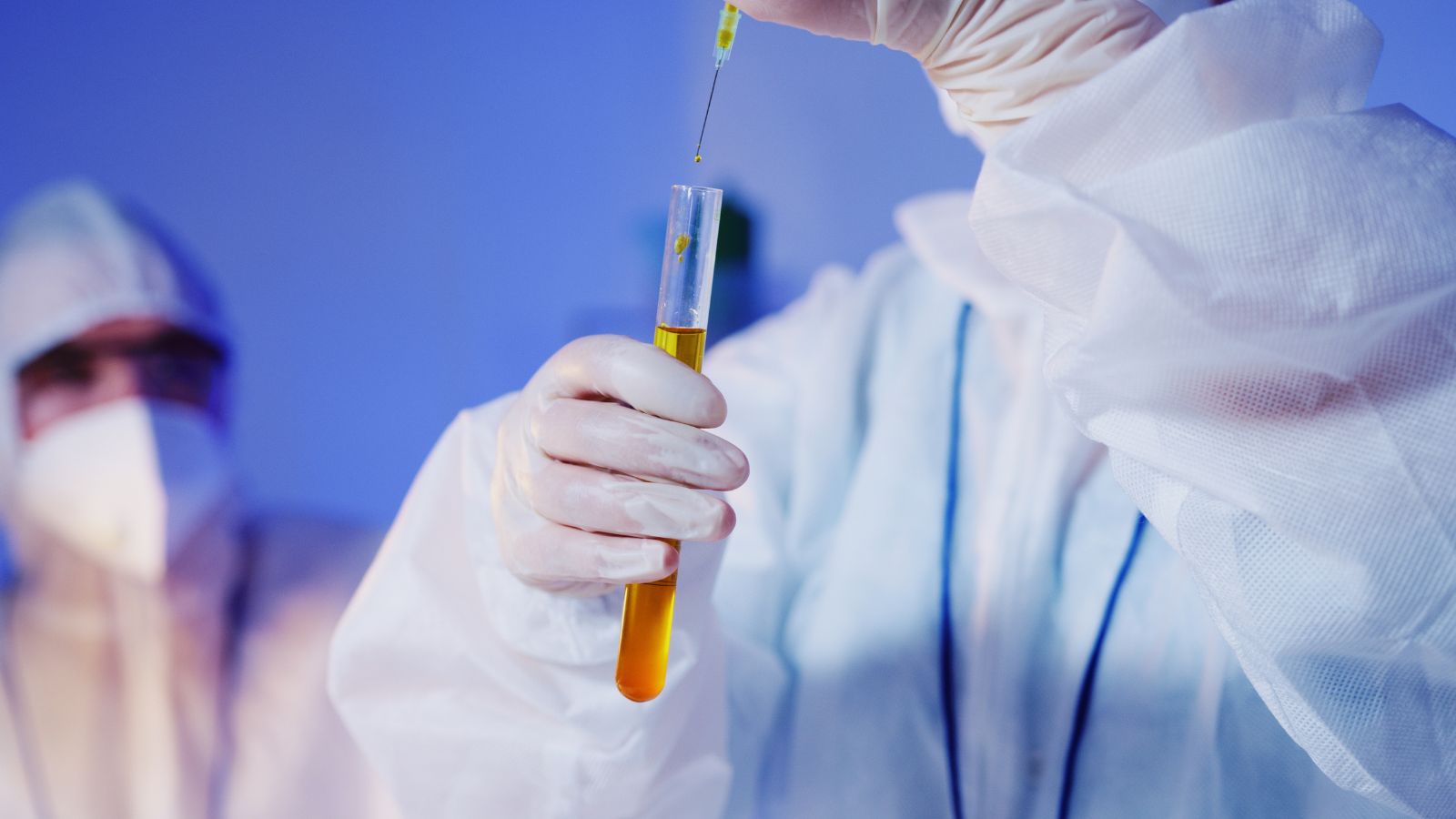
In vitro diagnostic (IVD) reagents are critical components in the field of medical diagnostics. These substances are used in tests performed on samples such as blood, urine, or tissue to detect diseases, infections, or other medical conditions. IVD reagents play a pivotal role in modern healthcare by providing accurate and timely information that guides clinical decision-making.
Since the early days of medical diagnostics, the need for accurate and reliable testing methods has been paramount. The development of in vitro diagnostic reagents has revolutionized the way diseases are detected and managed, moving from rudimentary observations to sophisticated biochemical analyses. Today, IVD reagents are essential tools in laboratories worldwide, supporting everything from routine health check-ups to complex disease diagnoses.
The global IVD market is substantial and growing, reflecting the increasing demand for diagnostic testing. According to recent reports, the IVD market is projected to reach over $100 billion by 2030, driven by advancements in technology and the rising prevalence of chronic diseases. This growth underscores the importance of IVD reagents in contemporary medicine.

IVD reagents are chemical or biological substances used in diagnostic tests conducted outside the human body.
These tests, known as in vitro diagnostics, analyze biological samples to provide information about a patient's
health status. IVD reagents can include a wide range of products such as enzymes, antibodies, nucleic acids, and
other biochemicals that react with specific targets in the sample to produce measurable results.
According to the U.S. Food and Drug Administration (FDA), IVD products are "reagents, instruments, and systems intended for use in the diagnosis of disease or other conditions, including a determination of the state of health, in order to cure, mitigate, treat, or prevent disease or its sequelae." Specifically, IVD reagents are the substances that facilitate these diagnostic processes, such as general purpose reagents (GPRs) for broad lab use and analyte specific reagents (ASRs) for detecting specific substances.
IVD reagents are categorized based on their application and the type of diagnostic test they are used in. The main types include:
The working principle of IVD reagents varies depending on the type of test. Generally, IVD reagents interact with specific components in the biological sample to produce a detectable signal. This signal can be a color change, fluorescence, or an electrical signal, which is then measured and interpreted to provide diagnostic information.
For instance, in a clinical chemistry test for glucose, the reagent contains enzymes such as glucose oxidase and peroxidase. When mixed with a blood sample, glucose oxidase catalyzes the oxidation of glucose, producing hydrogen peroxide. Peroxidase then uses this hydrogen peroxide to oxidize a chromogen, resulting in a color change proportional to the glucose concentration.
In immunoassays, the reagent includes antibodies that bind specifically to the target antigen. In an ELISA test, for example, the sample is added to a plate coated with antibodies. If the target antigen is present, it binds to the antibodies. After washing away unbound substances, enzyme-linked secondary antibodies are added, which bind to the antigen. A substrate is then added, and the enzyme converts it into a colored product, indicating the presence of the antigen.
Molecular diagnostic tests often involve nucleic acid amplification techniques like PCR. Reagents include primers, nucleotides, and DNA polymerase. The process involves denaturing the DNA, annealing primers to specific sequences, and extending the primers to amplify the target DNA segment. The amplified DNA can then be detected using various methods, such as gel electrophoresis or real-time PCR.

IVD reagents are used in a wide range of applications, including:
IVD reagents are regulated as medical devices in many countries to ensure their safety and effectiveness. In the United States, the FDA classifies IVD reagents into three classes based on risk:
To market an IVD reagent in the US, manufacturers must comply with FDA regulations, which may involve submitting a 510(k) premarket notification for Class II devices or a premarket approval (PMA) application for Class III devices. The FDA's classification is detailed in regulations such as [21 CFR 862], [21 CFR 864], and [21 CFR 866].
In Europe, IVD reagents must comply with the In Vitro Diagnostic Regulation (IVDR), which replaced the previous directive in 2022. The IVDR introduces stricter requirements for clinical evidence and post-market surveillance, ensuring higher standards for safety and performance.

The accuracy and reliability of diagnostic tests depend heavily on the quality of IVD reagents. Manufacturers
must adhere to strict quality control measures during production, including rigorous testing of raw materials,
in-process controls, and final product validation.
Calibrators and control materials are essential for verifying the performance of IVD tests. Calibrators are used to adjust instruments to ensure accurate measurements, while control materials are tested alongside patient samples to confirm that the test is working correctly.
Standardization is crucial to ensure consistency across different laboratories and testing platforms. International organizations like the International Federation of Clinical Chemistry and Laboratory Medicine (IFCC) develop reference methods and materials to harmonize test results globally. This standardization allows for comparable results regardless of where the test is performed, which is vital for patient care and clinical research.
The field of IVD reagents is continuously evolving, with several trends shaping its future:
IVD reagents are indispensable tools in modern healthcare, enabling the accurate diagnosis, monitoring, and management of a wide range of medical conditions. From routine blood tests to advanced genetic analyses, these reagents provide the foundation for evidence-based medicine. As technology continues to advance, IVD reagents will play an even more significant role in personalized medicine, point-of-care testing, and global health initiatives. Understanding the types, applications, and regulatory aspects of IVD reagents is essential for appreciating their impact on patient care and the future of medical diagnostics.